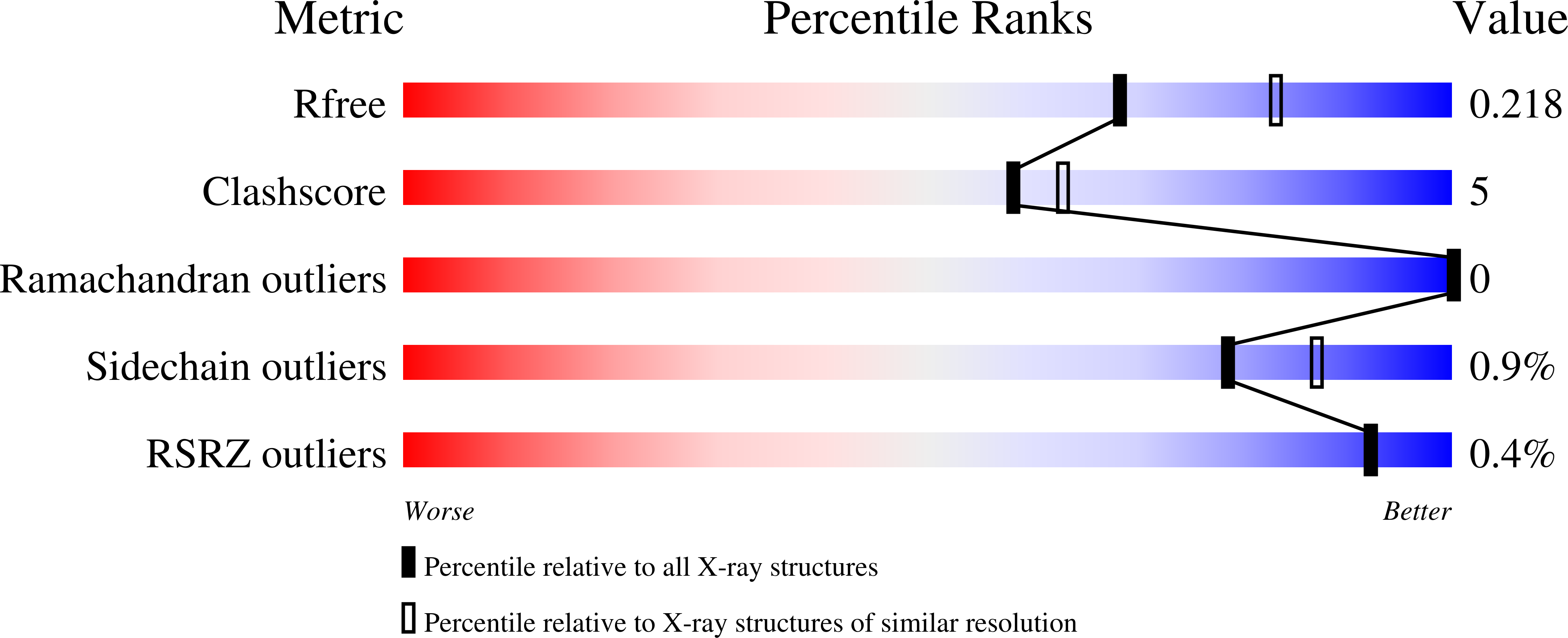
Deposition Date
2004-02-12
Release Date
2004-06-29
Last Version Date
2023-10-25
Method Details:
Experimental Method:
Resolution:
2.18 Å
R-Value Free:
0.21
R-Value Work:
0.17
R-Value Observed:
0.17
Space Group:
C 2 2 21


